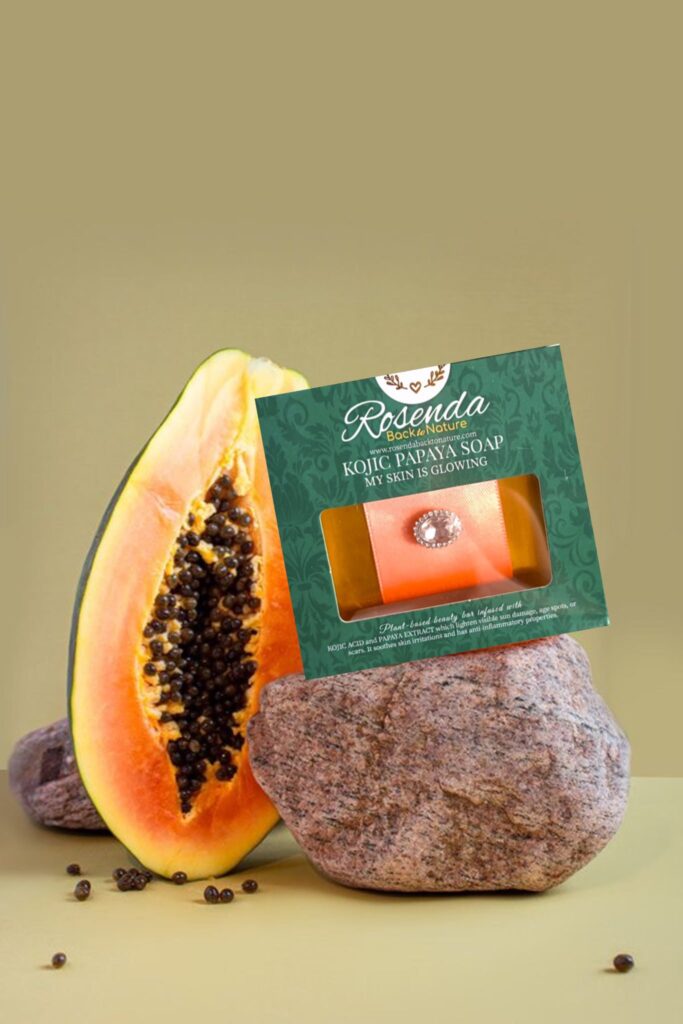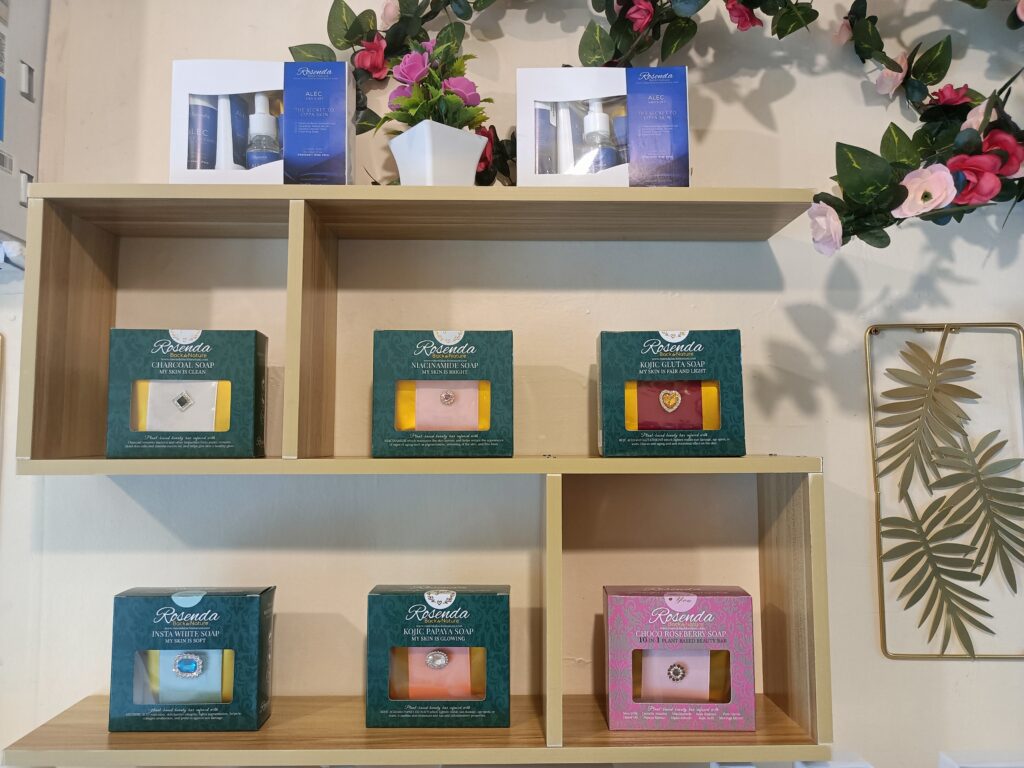By Rosenda Back to Nature
Walk into any supermarket or beauty store, and you’ll see countless products labeled “natural,” “organic,” or “chemical-free.” But how many of these claims are actually true? As a zero-waste advocate, I’ve learned that many brands use these terms as marketing tricks—a practice called “greenwashing.”
If you’re looking for genuinely organic soap, here’s how to spot the real deal and avoid fake “natural” products.
1. The Problem with “Natural” Labels: The word “natural” isn’t strictly regulated, meaning companies can slap it on products even if they contain synthetic ingredients. Some soaps labeled “natural” may still include: – Artificial fragrances (phthalates) – Sulfates (SLS/SLES) – harsh detergents – Parabens – preservatives linked to hormone disruption – Microplastics – tiny plastic beads in exfoliants
How Brands Trick Consumers: ✅ Using plant imagery (leaves, flowers) to imply purity. ✅ Highlighting one natural ingredient (e.g., “with aloe vera”) while hiding harmful additives ✅ Vague terms like “herbal” or “botanical” without certification.
2. What Makes a Soap Truly Organic? A certified organic soap should meet strict standards. Look for:
✔ Legitimate Certifications:
– USDA Organic (at least 95% organic ingredients)
– Ecocert (international organic standard)
– COSMOS Organic (strict EU certification)
Note: In the Philippines, some local brands use OTOP Naturals or DA-BAR’s organic certification, but not all are fully regulated. Research the brand!
✔ Transparent Ingredients List: Real organic soaps list ingredients clearly, with no vague terms like “fragrance” or “parfum” (which often hide chemicals).
Example of a clean ingredient list:Coconut oil, olive oil, essential oils (lavender, tea tree), sodium hydroxide (lye), kaolin clay.
Red flags: “Sodium laureth sulfate, methylparaben, synthetic fragrance, Blue 1 Lake.”
3. How to Spot Fake “Organic” Soaps:
🚩 No Certification? Be Suspicious. If a brand claims to be organic but has no certification, check their sourcing. Some small businesses may be honest, but others exaggerate claims.
🚩 Too Many Unpronounceable Chemicals If the ingredients list looks like a science experiment, it’s probably not organic.
🚩 Unrealistically Cheap PricesTrue organic ingredients (like cold-pressed oils and essential oils) cost more. If a soap is “dirt-cheap”, it likely contains fillers.
4. Trusted Organic Soap Brands in the Philippines:If you want real organic soap, try these reputable brands:
– Rosenda Back to Nature (Ecocert certified, DTI Certified & uses natural and Filipino organic ingredients ( https://ph.shp.ee/N5ywpcS ). – Human Nature (Ecocert certified) – Sukli Organic (local, transparent ingredients) – Eco Love PH (chemical-free, handmade) – Likha Organics (uses traditional Filipino ingredients).
5. DIY: Make Your Own Organic Soap:The best way to ensure purity? Make it yourself! A simple cold-process soap requires: – Coconut oil – Olive oil – Lye (sodium hydroxide) – Essential oils (optional) – Distilled water (Always follow safety guidelines when handling lye!)
Final Thoughts:
Just because a product says “natural” doesn’t mean it’s safe or eco-friendly. As consumers, we must read labels, research brands, and demand transparency.
Have you been fooled by a “natural” product before? Share your experience in the comments! Let’s help each other make better choices.
For more tips on organic living, follow “Rosenda Back to Nature” on social media or visit local eco-stores that prioritize authenticity.
Refer to these links:FB page: ( https://www.facebook.com/share/15GVPqpsrF/ )Tiktok Shop: ( https://vt.tiktok.com/ZSScd2xrC/?page=TikTokShop )Shopee: ( https://ph.shp.ee/N5ywpcS )






